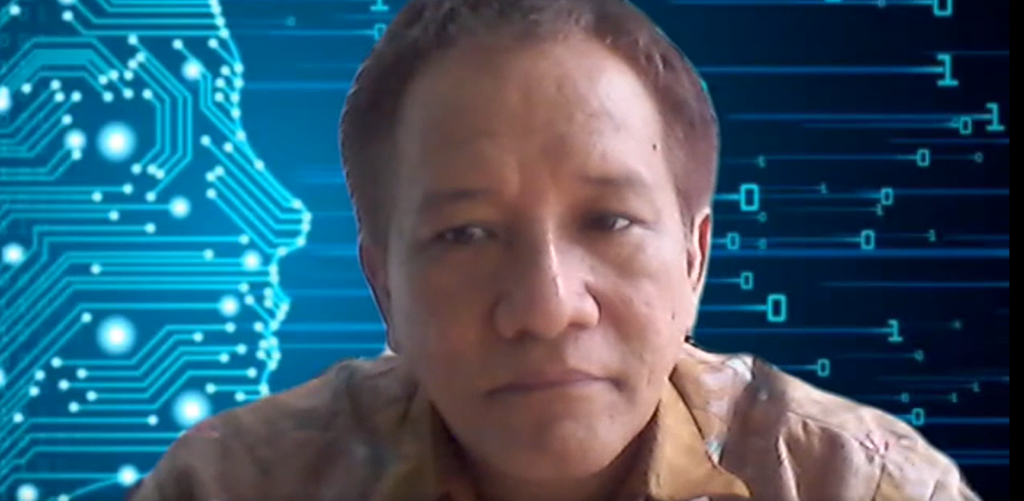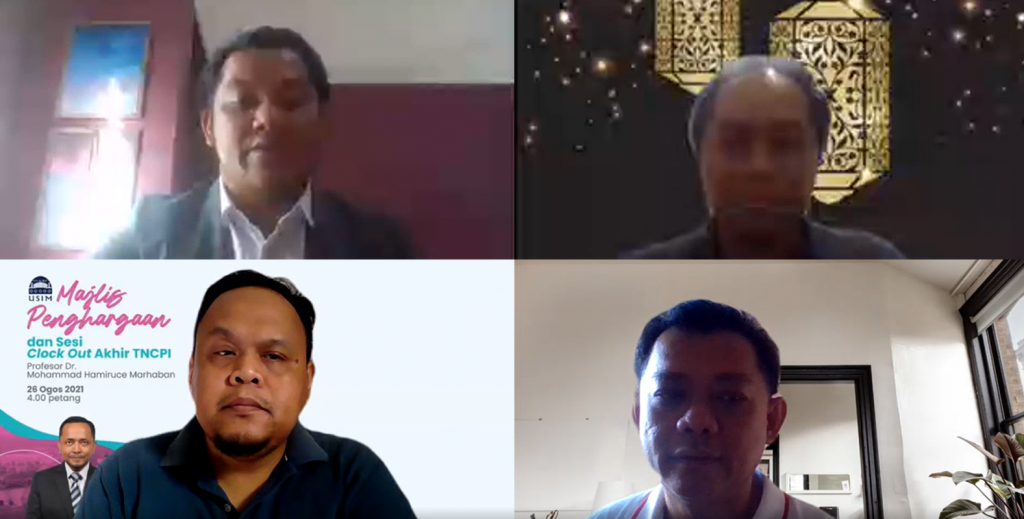Since the Coronavirus outbreak of the Coronavirus in March last year, many industries have been affected, education included. The pandemic has also forced many industries to change their business models and employees adapted to working from home.

Prof. Ir. Dr Teddy Mantoro, a lecturer from Sampoerna University in Jakarta, Indonesia, shared insights during the online symposium organised by INTI International University’s Faculty of Information Technology.
According to statistics on cyber security, the increase in remote work brought about by the global pandemic also has opened opportunities for cyber-attacks. A cyber-attack is any attempt to gain unauthorized access to a computer, computing system or computer network with the intent to cause damage.
To better understand cyber security and cybercrime, INTI International University’s Faculty of Information Technology held a virtual symposium on September 1 where three speakers from different universities were invited to share their expertise on the topic.
Cybercrime in the New Normal
According to Prof. Ir. Dr Teddy Mantoro, a lecturer from Sampoerna University in Jakarta, Indonesia, cybercrime is any conduct that involves the use of a computer or other digital device in the commission of a crime.
“Cybercrime is one of the main problems facing mankind. Cyber-attacks are the fastest growing crime in the world, and they are increasing in size, sophistication, and cost. According to reports from Microsoft, 241 countries have been victims of cyber-attacks that have taken advantage of the COVID-19 pandemic,” he said.
He further highlighted that hacker groups create websites disguised as international health organizations to spread malware attacks and steal important information from their victims. Several active hackers related to the theft of COVID-19 information, including APT32 from Vietnam which attacked the PRC task force agency and DarkHotel from Iran which broke into institutional networks and personal emails of WHO staff.
Radio Frequency Security
Dr Azuan Ahmad, a lecturer from Universiti Sains Islam Malaysia, said a radio frequency attack is a type of passive attack because the victim would not know that they are being monitored.
Hackers would collect the data they want by eavesdropping on the victim’s phone call. They can do this by purchasing a chipset called RTL-SDR (Software Defined Radio) through online platforms such as eBay to hack into the chipset to read certain frequencies. Radio frequency attacks have existed since World War I until now.
“There are some ways to countermeasure radio frequency attacks, such as two-way communication, codes that expire and frequency hopping (FHSS). Two-way communication means that you can set up a secure session between the remote and certificates like SSL. However, it is far more expensive to implement and has its problems,” he added.

A group photo taken at the end of the Online Symposium on Cyber Security and Cybercrime.
Social Media and Social Engineering Attack
Social engineering is an intrusion that is not purely technical. It mostly relies on interaction and communication between humans and usually involves and use to deceive other people to disrupt the normal security process to achieve the attacker’s goal. This may include obtaining specific information that the attacker wants.
Dr Joseph Ng, a lecturer from INTI International University’s Faculty Information Technology, said common activities such as social media sharing can bring lead us to danger and make us the target of hackers. For example, when a person uploads photos of expensive items that they have purchased to social media, it will give people the impression of wealth and encourage hackers to attempt to obtain more information and commit fraud.
“We must know what the information we can and cannot post on social media. This is very important. Rather than educate people about the technical knowledge, we educate people to do things,” he concluded.